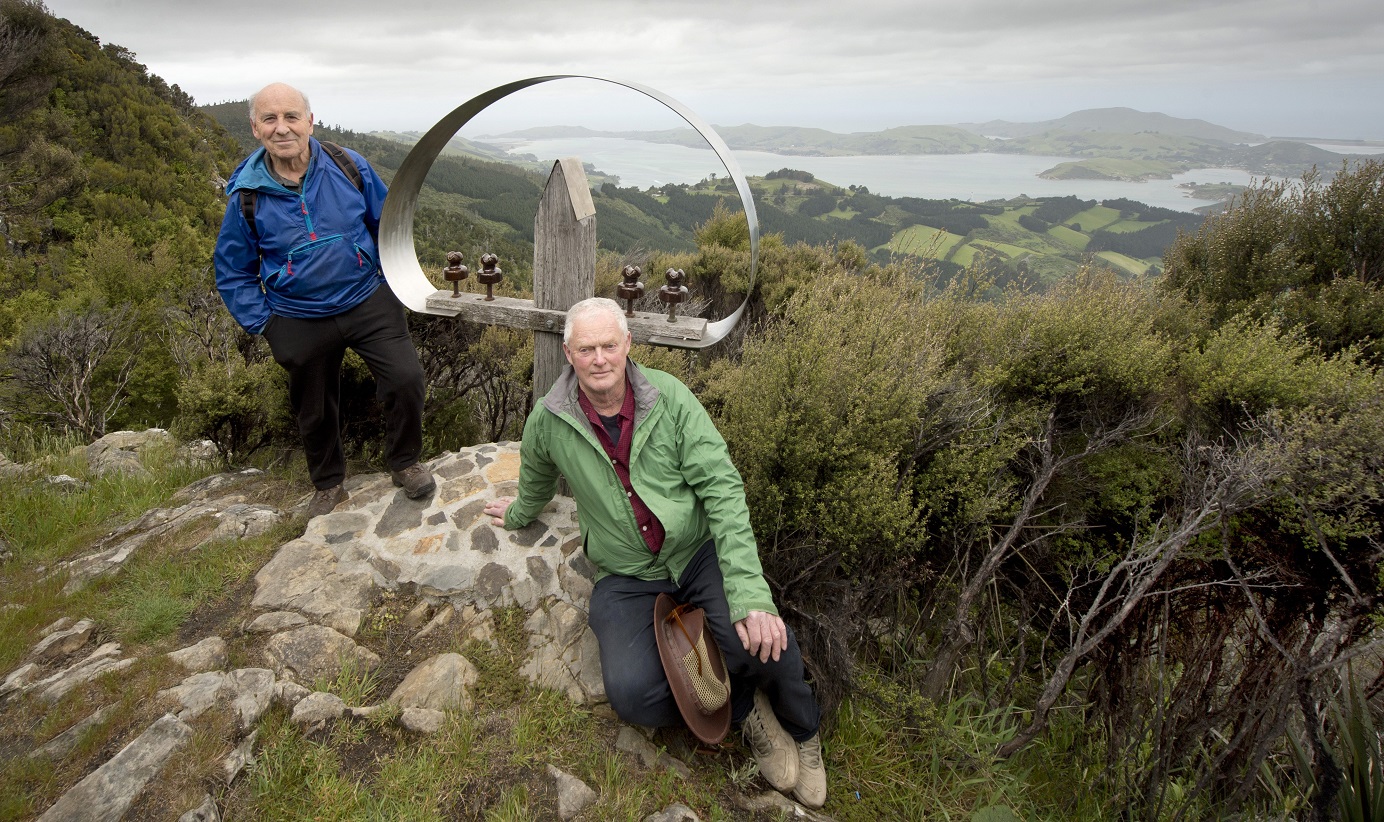
The Invercargill city councillor and broadcasting personality posted updates about his recent visit to Dunedin on social media, where he uploaded a photo of the sculpture with the statement saying he had trekked to reached it.
The artwork, a wooden structure holding a bent piece of sheet metal in place, was created in 1980 by Andrew Drummond in honour of his mentor Len Lye, who died that year.
Lye, a Christchurch-born artist, was known for his experimental films and kinetic sculptures.
Drummond said he originally never anticipated anybody to find or appreciate the sculpture, as it was never intended to be a public piece.
It was placed at the edge of a cliff at Mt Cutten with no tracks nearby, so nobody "except for the intrepid" would find it.
Lye was an adventurer and had an anarchistic streak, so placing it on public land without permission where only explorers would find it seemed fitting, Drummond said.
It was crafted using one of Dunedin’s first power poles, but it ended up being "really rotten" and the sculpture fell apart over time, he said.
But about five years ago, members of the Otepoti Tuesday Trampers Club were clearing the track near the sculpture.
Club member Prof Jim McQuillan said they wanted to visit the artwork and found it "dilapidated".
He contacted Drummond in 2017 and together they organised a replacement.
It all came together in 2019, when they worked with sculptor Stuart Griffiths to bring the new parts from Christchurch and up Mt Cutten to install it.
To improve the accessibility of the sculpture, the tramping club received approval from Blackhead Quarries to cut a track through its land up to the site, which was done in 2020.
It had become "quite a popular track" as it only took about 30 minutes to walk, had only a slight incline and was easily accessible from the road, Prof McQuillan said.
When asked how he felt about Mr Lush labelling the artwork "New Zealand’s least visited piece of public art", Drummond laughed.
"He’s probably right."












